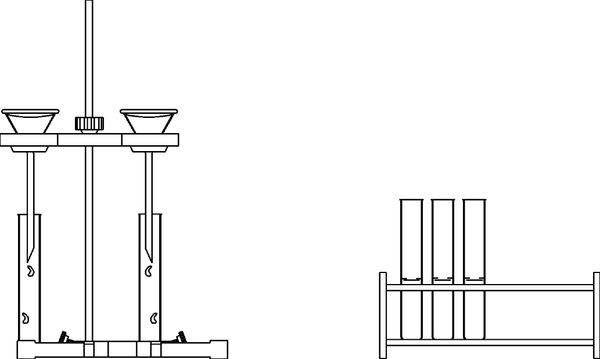setTimeout(function(){
window.print();
},500)

Technical data Complex saltsArticle no: P1145500  Principle In this experiment students investigate the formation of a complex compound. They recognize that a complex compound is already present in aqueous solution for many metal ions of the subgroup elements. The central ion is surrounded by a hydrath nozzle (water molecules as ligands around the central ion) and is a so called aquotized metal ion. The students observe that complexing reactions are equilibrium reactions by the color change of the complexes, the ammonia ligands can replace the water ligands at the copper ion. When isolating the ammonia complex, students realize that even supposedly stable complexes undergo a complex decomposition.
Learning objectives
Scope of delivery
| ||||||||||||||||||||||||||||||||||||||||||||||||
PHYWE Systeme GmbH & Co. KG
Robert-Bosch-Breite 10 – 37079 Göttingen – Germany
www.phywe.com
Robert-Bosch-Breite 10 – 37079 Göttingen – Germany
www.phywe.com

